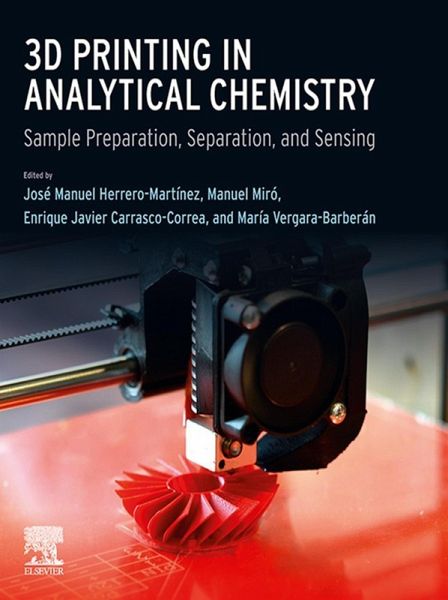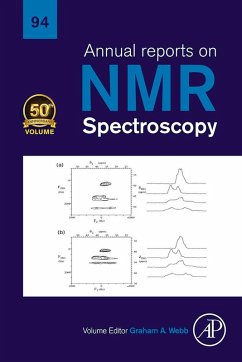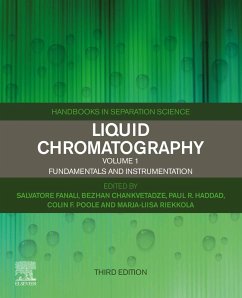
3D Printing in Analytical Chemistry (eBook, ePUB)
Sample Preparation, Separation, and Sensing
Redaktion: Herrero Martínez, José Manuel; Vergara-Barberán, María; Carrasco-Correa, Enrique Javier; Miró, Manuel
Versandkostenfrei!
Sofort per Download lieferbar
127,95 €
inkl. MwSt.
Weitere Ausgaben:

PAYBACK Punkte
64 °P sammeln!
3D printing, also known as additive manufacturing, has received a growing interest in (bio)analytical science due to its capability for rapid and affordable prototyping, reduced fabrication time and wide variety of materials and technologies currently available for increasing the plethora of functional print materials.3D printing in Analytical Chemistry will cover all the applications of 3D printed systems in relevant analytical areas such as sample preparation (use of sorbents, membranes and devices), separation devices in analytical techniques, as components in sensors and detection systems,...
3D printing, also known as additive manufacturing, has received a growing interest in (bio)analytical science due to its capability for rapid and affordable prototyping, reduced fabrication time and wide variety of materials and technologies currently available for increasing the plethora of functional print materials.3D printing in Analytical Chemistry will cover all the applications of 3D printed systems in relevant analytical areas such as sample preparation (use of sorbents, membranes and devices), separation devices in analytical techniques, as components in sensors and detection systems, among others.The book will also include key aspects about the preparation and design of novel 3D printed devices for analytical applications, including tips and tricks written by experts. The special features of the devices based on 3D printed structures for the different applications will be highlighted and the most relevant works will be covered in this book. Therefore, the information covered will be particularly useful for helping experts in the field to design/select the adequate device and materials to conduct their research - Presents the most important features regarding 3D printing in the Analytical Chemistry field, helping researchers improve their applications - Addresses adequate 3D printing technology for the desired application by giving tips and tricks, including the most relevant applications reported in the last years - Provides analytical researchers with a reference compendium on the use of 3D printing in extraction, separation, and sensing methodologies
Dieser Download kann aus rechtlichen Gründen nur mit Rechnungsadresse in A, B, BG, CY, CZ, D, DK, EW, E, FIN, F, GR, HR, H, IRL, I, LT, L, LR, M, NL, PL, P, R, S, SLO, SK ausgeliefert werden.













